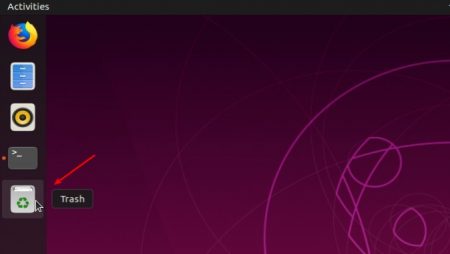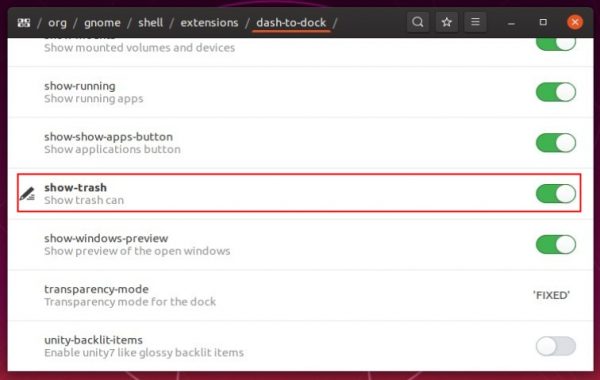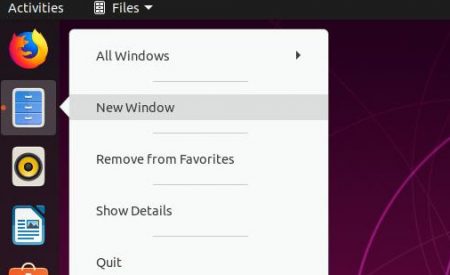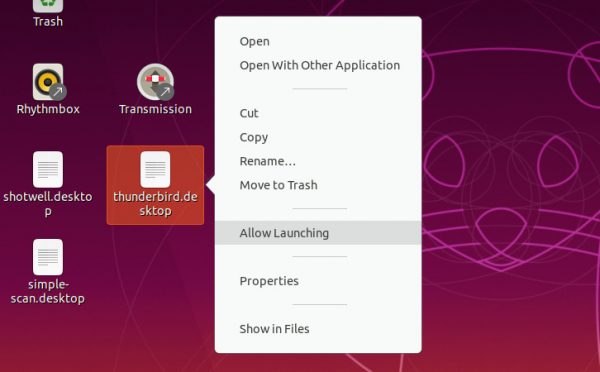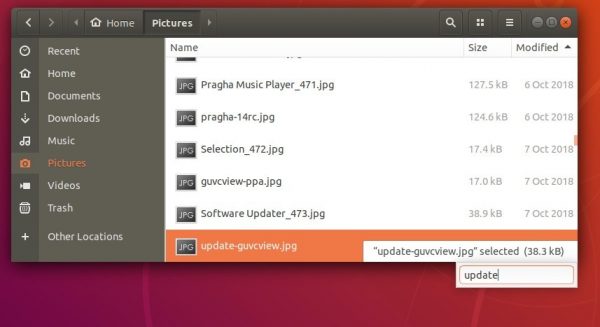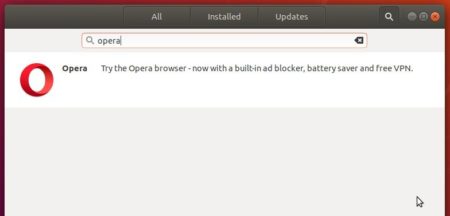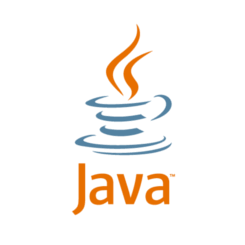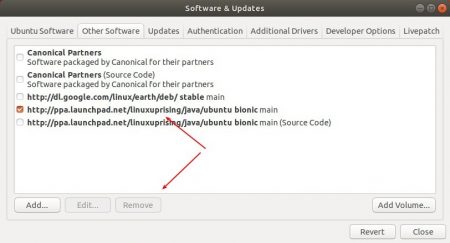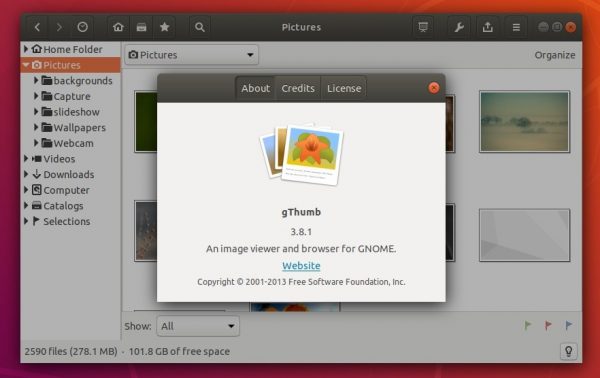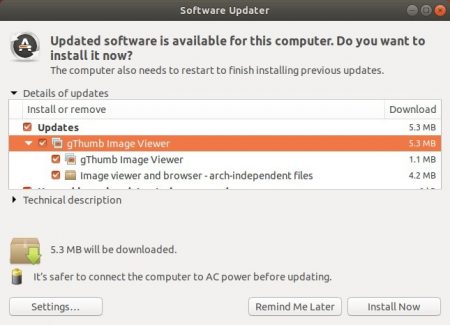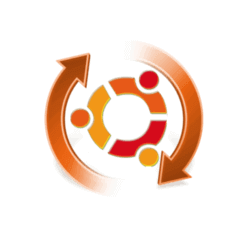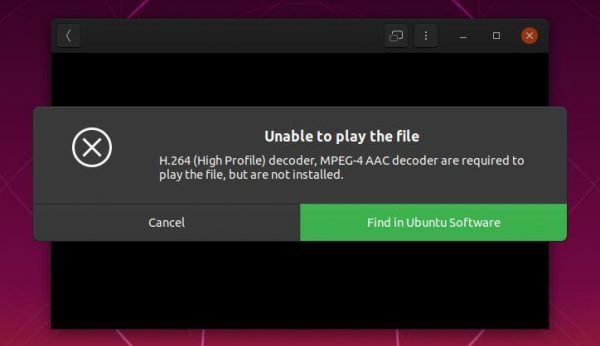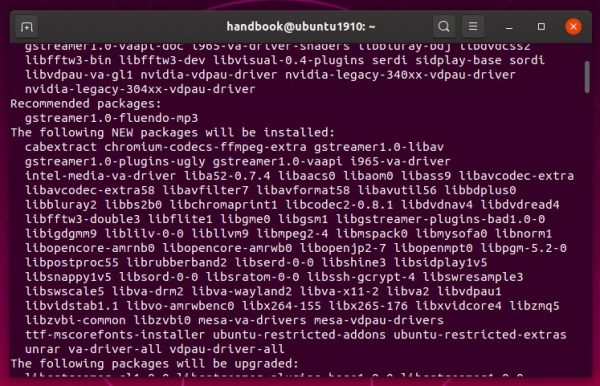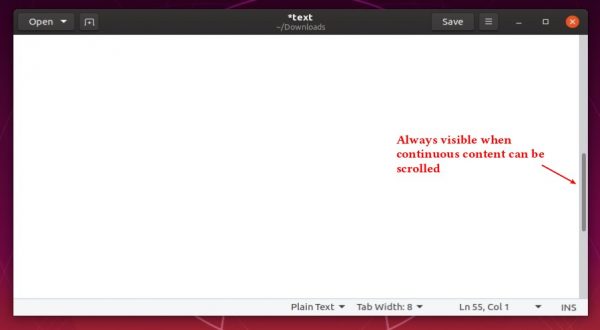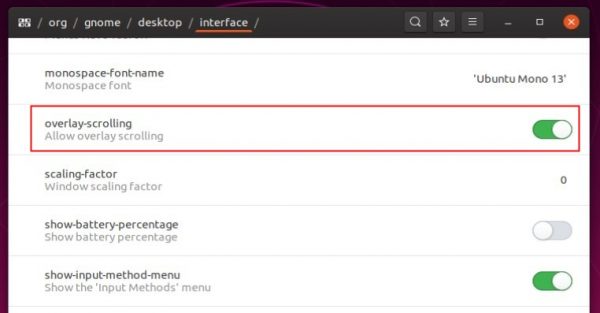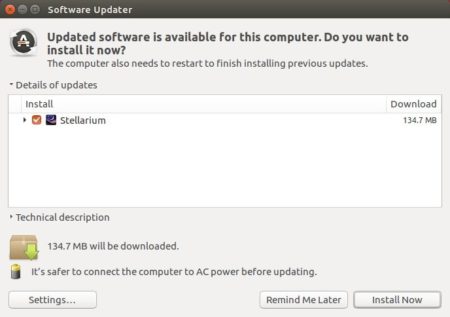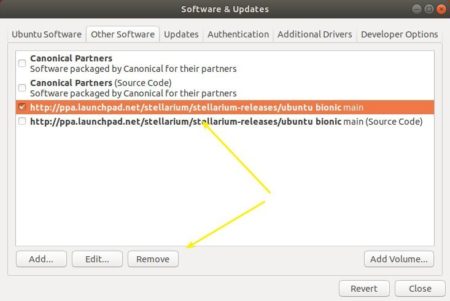![]()
This quick tutorial shows how to move Application Menu button from bottom to the top on the left panel (dock launcher) in Ubuntu 19.10 Gnome Desktop.
Ubuntu Dock (the left panel) now is more customizable in Ubuntu 19.10. It finally offers option to move the position of the ‘Show Applications’ button.
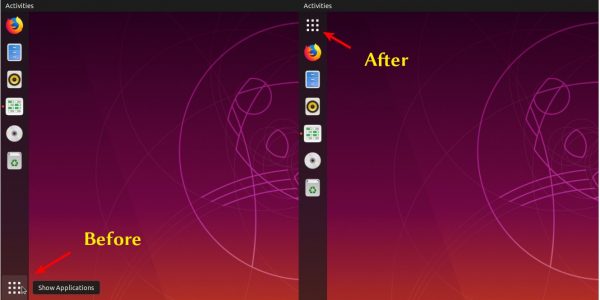
1.) Open Ubuntu Software, search for and install dconf editor:
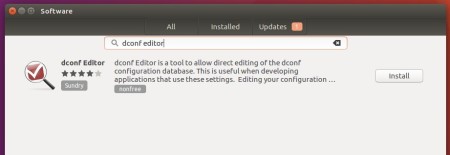
2.) Launch dconf editor from application menu, when it opens, navigate to org -> gnome -> shell -> extensions -> dash-to-dock.
There scroll down, find out and turn on the toggle of ‘show-apps-at-top‘.
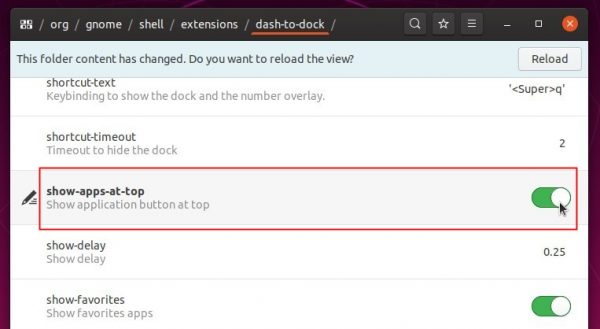
For those familiar with Linux commands, open terminal (Ctrl+Alt+T) and run single command to move it to the top:
gsettings set org.gnome.shell.extensions.dash-to-dock show-apps-at-top true

If you want to move the ‘Application Menu’ button back to bottom, run command:
gsettings set org.gnome.shell.extensions.dash-to-dock show-apps-at-top false




